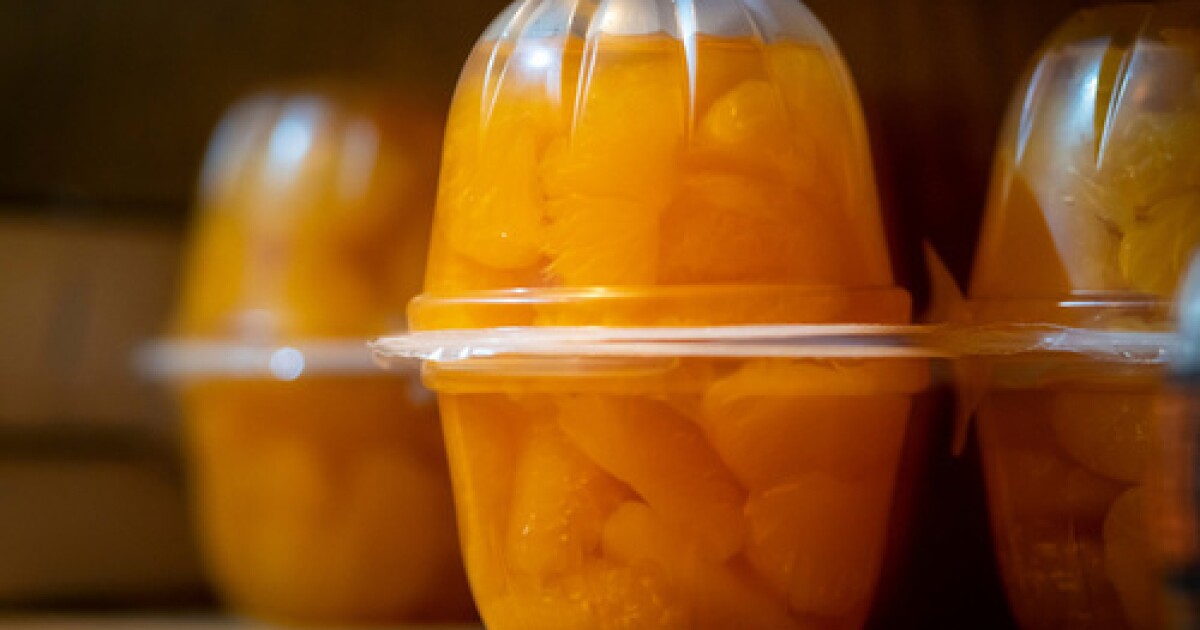A new United States Department of Agriculture report found food insecurity rates have increased since 2021 and Oklahoma is one of the top six states in the metric.
The report shows 14.3%, almost a quarter of a million Oklahoma households, experienced food insecurity at some point between 2020 and 2022. Chris Bernard, president and CEO of Hunger Free Oklahoma, said the end of pandemic-era food programs, inflation and rising household costs are making food insecurity rise.
He said food programs, like an expanded Supplemental Nutrition Assistance Program (SNAP) and free school meals, provided a safety net for people.
“To me, the thing the report shows most is we now have effective solutions that we know work, and we let them expire instead of implementing them to continue what was a very effective approach to addressing poverty and hunger, in particular child poverty and child,” Bernard said.
In 2022, most people in the U.S. had consistent access to food. But 44.2 million people lived in food-insecure households, according to the report. Rates of food insecurity were higher in the south and among Black and Hispanic households compared to white households.
Bernard said the report shows what his organization has been seeing, people who have not been food insecure in the past, now struggling to make ends meet.
Like Bernard, Cathy Nestlen, the Regional Food Bank of Oklahoma’s director of marketing and communications, said more people are needing food assistance. She said on average, the food bank distributes about 50 million pounds of food yearly.
“I think what people would be surprised is the number of neighbors that they live near who may struggle with having enough food for their families for the month,” Nestlen said.
